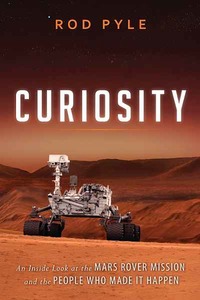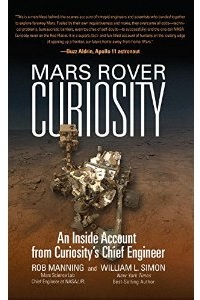|
|
 Print books on space topics can still offer experiences not equalled by their electronic counterparts. |
Dead trees live!
by Dwayne A. Day
Monday, December 22, 2014

The publishing industry has taken a lot of hits over the past decade or so. In particular, print books have been pounded by the advent of electronic readers like the Kindle and iPad, not to mention some nasty market forces that have caused publishers to try and squeeze every bit of cash they can out of the system (for instance, by doing away with expensive editing). Yet surprisingly, books—the kind printed from dead trees—are still getting published. This past year has not been a bad one for readers interested in space. There have been a number of interesting and exciting books on everything from space science to history to politics, some of them proving the superiority of the print format to e-readers.
| N-1: For the Moon and Mars is a somewhat unusual book. The book is primarily aimed at modelers who want to build their own scale replica of the N-1. |
Many space books have been discussed here in The Space Review. But there are a bunch of others that have not been reviewed or even mentioned here. This article is going to touch on several of them. Although I own many of these books, I haven’t yet read any of them, so this is really an overview and observation about these books but not a formal review of any of them. Maybe you’ll see something here and ask Santa Claus for it, or you’ll be looking for a place to spend the money that your aunt slips into your Christmas card.
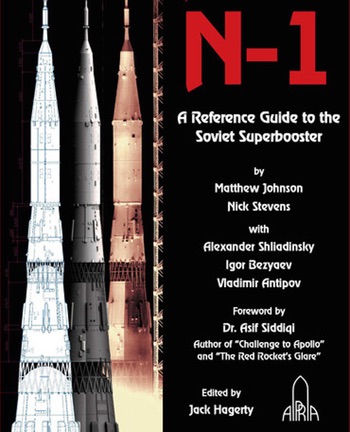 |
During the 1960s the Soviet Union had an active program to send cosmonauts to the Moon. They ran their program in secret and failed in secret. Nobody has yet written the definitive account of this effort, although Asif Siddiqi has come closest to chronicling it in his book Challenge to Apollo. A number of new revelations have emerged since Siddiqi’s 2000 book, and thus it is possible to advance the story further. N-1: For the Moon and Mars is a somewhat unusual book. It focuses on the giant rocket that the Soviet Union built, which exploded four times. The book is extensively illustrated, with numerous excellent computer generated illustrations as well as photos and line drawings that focus on differences among the four N-1 vehicles built. However, the book is primarily aimed at modelers who want to build their own scale replica of the N-1, which makes it a niche publication within the already rather limited niche of space books. That said, it remains the most comprehensive English-language book on this subject and an important addition to any Cold War space race library. What I would love to see in the future is the Soviet equivalent to Charles Murray and Catherine Bly Cox’s outstanding history of Apollo, with a focus on the scientists and engineers who built the N-1, the LK lunar lander, and the Zond circumlunar spacecraft. Alas, the chill in Russian international relations and the closure of many Russian archives to researchers may have closed the window of opportunity for such scholarship.
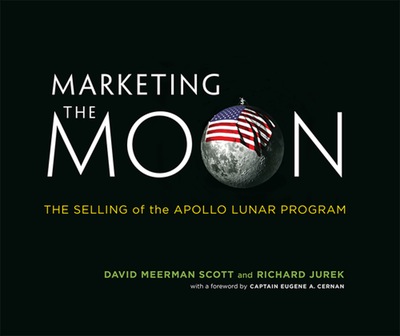 |
This is near the top of my list of space books to read based upon some glowing recommendations I’ve received about it (one friend called it the best space book he’s read in a long time and his only complaint was that it was too short). The focus is on how NASA communicated its activities to the public during the early years of the space race. Some aspects of this effort, like the exclusive agreement that the early astronauts signed with Life magazine (arranged by the agency itself) have long been known. But the subject has never received the focus that it deserved. This book demonstrates that although the early years of the American space program have been heavily documented (we don’t need another Apollo astronaut biography), there’s still original work waiting to be done. (See also “Review: Marketing the Moon”, The Space Review, March 31, 2014)
 |
Probably the most scholarly book on this list, Rockets and Revolution is billed as a study of the very early years of rocketry development in Russia, the United States, and Europe, and how various key inventors influenced each other. The subject is interesting, and for several decades now historians, like the late Fred Ordway, have attempted to tackle it. What has changed in recent years is the opening of archives and the development of new models of historical research, bringing both greater data and academic sophistication to this topic. But although I have not yet read it, I’m also a bit confused. Asif Siddiqi wrote a book on this exact same subject several years ago, Red Rockets Glare: Spaceflight and the Russian Imagination, 1857—1957. I have gone through the footnotes and text of Rockets and Revolution and the author doesn’t seem to reference or even acknowledge Siddiqi’s previous work except for one small reference. It may be worthwhile for an energetic reviewer to compare and contrast Rockets and Revolution and see what it contributes to this subject compared to Siddiqi’s earlier book. Is there anything actually new here?
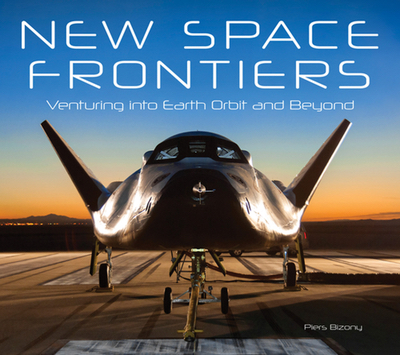 |
This book was reviewed here two weeks ago (see “Review: New Space Frontiers”, The Space Review, December 8, 2014), but it’s worth mentioning again because it demonstrates why physical books still remain superior to e-readers for many subjects. It is beautifully illustrated. The author, Piers Bizony, has a knack for producing beautifully illustrated books. He recognizes that there are a lot of great space-related photos and illustrations that have never seen the light of day, or that may have only appeared in a book or magazine four decades ago, and he has been able to ferret them out and publish them. Of the two Bizony books that came out this year, this is also the only one you’ll be able to afford or acquire. His The Making of Stanley Kubrick’s ‘2001: A Space Odyssey’ book from Taschen was not only expensive, but sold out immediately.
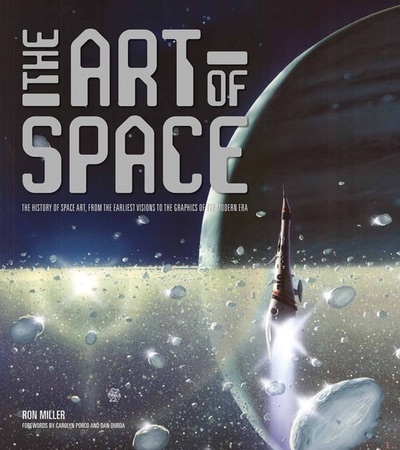 |
Ron Miller is a highly talented space artist who also has written extensively about many of the subjects that he has painted. Like many space artists, he also knows the history of his field quite well, how it originated, evolved and developed, and the role it has played in shaping the space program. He covers those subjects here with help from some other space artists. One thing I noticed missing was corporate space art. Surprisingly, it still exists, with artists working for Lockheed Martin or other companies producing artwork of possible future missions, like sending humans to Phobos. Some of those artists are quite talented, but mostly unknown. The Art of Space is yet another book that just wouldn’t work electronically and you have to hold it in your hands to truly enjoy it.
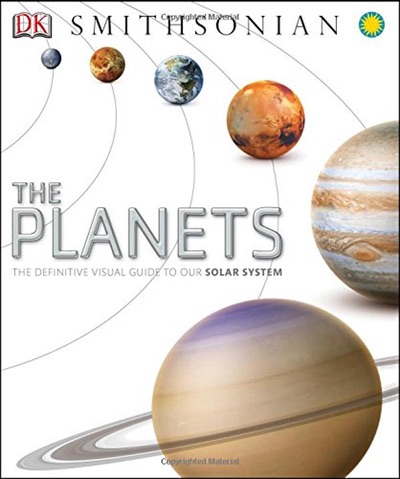 |
At the risk of being tirelessly repetitive, this is yet another example of how books can be superior to e-readers. This beautifully illustrated book depicts the planets and moons of our solar system with incredible artwork. Most notable are 3D cutaways of the planets that show the interior structures. Often cutaway illustrations of planets essentially show nested spheres of different colors, but the artist who did these added detail to demonstrate that planets have complex interiors, whether it is layers of clouds and storm structures, or different geological compositions. They are simply fantastic images and some of the best scientific illustration work I’ve seen in a long time. I’d love to have some of them poster size.
The Curiosity books
So far there have been three books out this year on the Curiosity rover: Curiosity: An Inside Look at the Mars Rover Mission and the People Who Made It Happen by Rod Pyle, Mars Rover Curiosity: An Inside Account from Curiosity’s Chief Engineer by Rob Manning and William L. Simon, and Mars Up Close: Inside the Curiosity Mission by Marc Kaufman. All three have been covered in The Space Review (see “Review: Curiosity”, August 4, 2014; “Review: Mars Rover Curiosity”, October 20, 2014; “Review: Mars Up Close”, August 11, 2014). Each of the books takes a different tack on its subject, but they only briefly touch on the science the rover has performed.
| Step back and take a look at all the books published about robotic exploration of Mars over the decades and it now looks as if we are in a boom time—and maybe a golden era?—of literature on the exploration of the fourth planet from the Sun. |
In just the past couple of weeks the Curiosity science team has reported some fascinating results from Mars concerning both the possibility of long standing water and a complex hydraulic cycle as well as further evidence for methane on the red planet. Those findings indicate that Curiosity is playing a major role in redefining our scientific understanding of Mars. Although they barely mention the science, these three books now provide a good start at a body of literature on this mission and a reviewer could compare and contrast them. Where do these authors agree? Are their stories consistent? Are these books complementary or repetitive? What can they teach us about the next steps in the robotic exploration of Mars, such as the Mars 2020 rover that will use the technology developed for Curiosity?
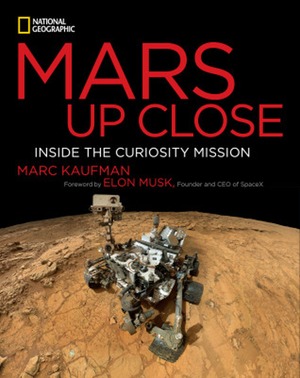 |
Mars exploration is also receiving more comprehensive analysis. Just this past year Henry Lambright published Why Mars: NASA and the Politics of Space Exploration (see “Review: Why Mars”, The Space Review, August 18, 2014). Next spring JPL historian Eric Conway is publishing Exploration and Engineering: The Jet Propulsion Laboratory and the Quest for Mars. Conway is a trained historian and has had great access to the JPL archives, and he should be able to shed an objective light on the design choices that led to the rover and the problems in its development. Step back and take a look at all the books published about robotic exploration of Mars over the decades and it now looks as if we are in a boom time—and maybe a golden era?—of literature on the exploration of the fourth planet from the Sun.
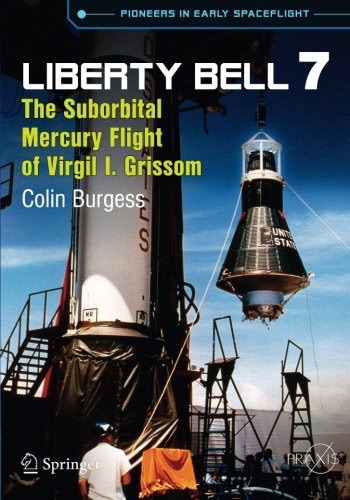 |
Colin Burgess is a prolific author and has produced several recent books on the Mercury astronauts and early Mercury missions (note: I will be interviewing Burgess for an upcoming issue of The Space Review). This book covers the second Mercury mission, piloted by Gus Grissom. It follows Burgess’ earlier book, Freedom 7: The Historic Flight of Alan B. Shepard, Jr. An entire book on a fifteen-minute space mission seems a bit much, but from my quick skim of the Gus Grissom book it appears that Burgess has done significant new research on this subject. He has extensive information on the controversial issue of the hatch jettison after landing, and also communicated with Curt Newport, who discovered the sunken Liberty Bell 7 on the ocean floor nearly four decades after it vanished beneath the waves. Notably, Newport believes he knows where the spacecraft hatch is located and would like to try and retrieve it (which sounds like a great idea for a Kickstarter campaign to me). Burgess’ next book will be on John Glenn’s flight and he apparently plans on producing books on each of the Mercury missions.
 |
This is the fourth in a series of books by Paolo Ulivi and David Harland on this subject, and this one brings the story up to the present day. (Part 1 covered 1957–1982, Part 2 covered 1983–1996, and Part 3 covered 1997–2009.) These books provide very good overviews of their subjects. In particular, the period covered in this book included the entry of a number of new space powers into the field of planetary exploration. Although the information is excellent, it is somewhat difficult to find particular subjects in the book. But it is solidly researched.
What’s up for next year? It wouldn’t be surprising if we see the first of several books on the Rosetta mission, and probably a few more shuttle program retrospectives. But no matter the subjects, let’s hope that 2015 is as good a year for space books as 2014 was.
Dwayne Day expects to be killed when one of his bookcases falls and crushes him under a pile of space books. He can be reached at zirconic1@cox.net.
|
|






